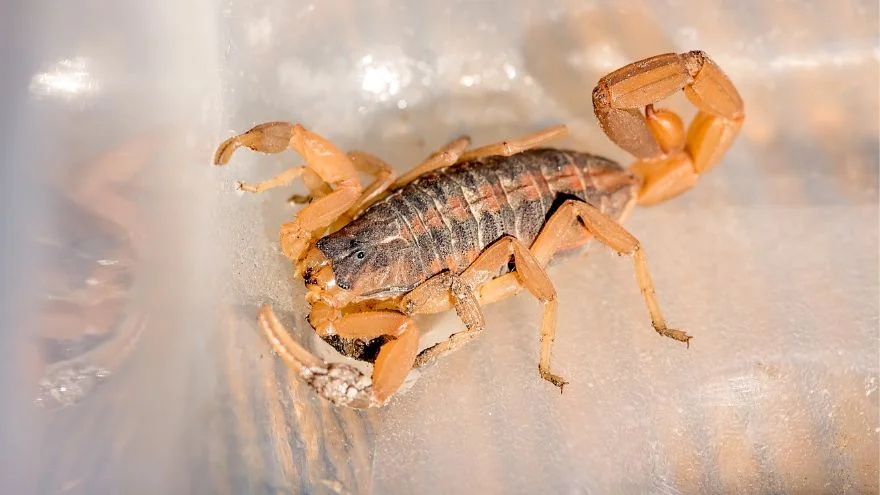Puerto Rico is a popular tourist destination, attracting millions of visitors per annum.
While the island’s tranquil atmosphere, beaches, waterfalls, and mountains offer an unforgettable vacation experience, it’s essential to prioritize safety during your stay.
Despite not being notorious for danger, there are deadly animals in the territory that visitors should avoid.
Sharks, snakes, and spiders are among the most dangerous animals in Puerto Rico, and failing to identify and take preventative measures against them can quickly ruin your vacation.
While these animals are vital to the ecosystem, they pose a threat to visitors.
In this article, we’ve compiled a detailed list of the deadliest animals in Puerto Rico and provided essential wildlife safety tips for exploring the island.
The Most Dangerous Animals in Puerto Rico
1. Brown Recluse Spider

- Scientific Name: Loxosceles reclusa
- Habitat: Woodpiles, sheds, garages
- Threats: Venomous bite can cause tissue damage and necrosis
The brown recluse spider is one out of the numerous spiders you’ll find in Puerto Rico, and most of these spiders have venom.
The brown recluse is considered the most dangerous, and for good reasons.
The brown recluse spider’s bite is necrotic, and though it is rarely fatal, it will need medical intervention, and who wants to spend a vacation stuck in a hospital?
You should be careful when you step into a cave or any other hidden parts and have a flashlight in dark areas.
This spider species is wary of humans and is reclusive, hence, the name.
2. Puerto Rican Racer

- Scientific Name: Borikenophis portoricensis
- Habitat: Forests
- Threats: Non-venomous but can bite defensively, causing pain and swelling
There are many snake species in Puerto Rico, going over 10 in number. Most of these snakes are harmless—though it still isn’t advisable to go close to them.
However, the Puerto Rican racer is venomous and should definitely be avoided.
The Puerto Rican racer can be found only in Puerto Rico, and it thrives in forests. The venom isn’t always fatal, but it can still lead to swelling, numbness, and even organ failure.
Put on strong boots and thick pants when exploring the forest, and if you get bit, seek help.
3. Sand Fleas

- Scientific Name: Tunga penetran
- Habitat: Beach
- Threats: Tiny biting pests, can transmit diseases such as typhus and tungiasis
Sand fleas are parasitic insects that fall under the genus Tunga. They go by many other names like chigoe flea, chigoe flea, burrowing flea, and nigua.
They are common in tropical and subtropical areas. Sand fleas don’t look dangerous as they are small, but they are parasites, and they pick humans and mammals as hosts.
Sand fleas are responsible for an infestation called tungiasis. Symptoms include itching, disfiguring of the feet, and pain. It can also lead to social stigma, especially for kids.
Sand fleas inhabit beaches, and you may not even know when they get to you, making them very risky.
Tungiasis is a very serious infestation and shouldn’t be underrated. While packing a beach bag, add some repellent to it.
4. Yellow Fever Mosquitoes

- Scientific Name: Aedes aegypti
- Habitat: Forests, marshes, tall grasses
- Threats: Disease-carrying bloodsuckers that can transmit the yellow fever, dengue fever, and Zika virus
Puerto Rico is a tropical area, and mosquitoes thrive in the tropics. Therefore, expect to deal with a lot of mosquitoes and make plans for mosquito repellent.
There are many species in Puerto Rico, two of which are common. The Aedes, or yellow fever mosquito, is one.
The Aedes mosquito—and other species—are active year-round. Mosquitoes are known as vectors, and a bite from one is enough to make you ill.
The Aedes mosquito causes yellow fever, just like the anopheles mosquito, which causes malaria. These illnesses range from mild to severe.
5. Red Lionfish
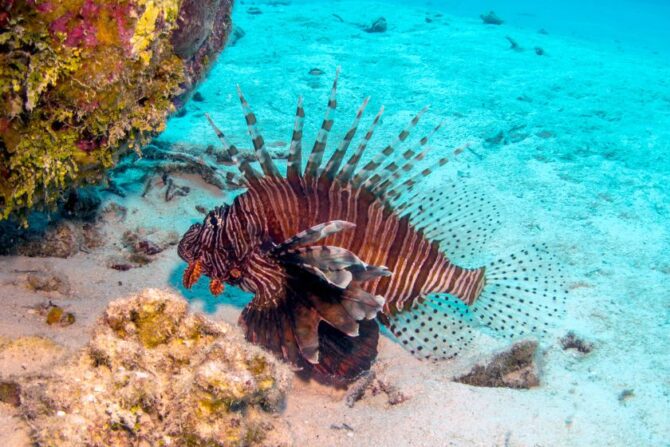
- Scientific Name: Pterois volitans
- Habitat: Ocean
- Threats: Venomous spines, invasive species
The red lionfish is the most common lionfish species in Puerto Rico and the most common marine creature.
It is highly dangerous, and if you encounter one while swimming, you should steer clear of it.
The red lionfish has spiky fins with venom that stings and has adverse effects.
This fish is territorial and will sting you if you move too close.
Not only does the sting hurt, but it also has effects like vomiting, headache, breathing difficulty, and loss of consciousness. It can also be fatal.
6. Great White Shark
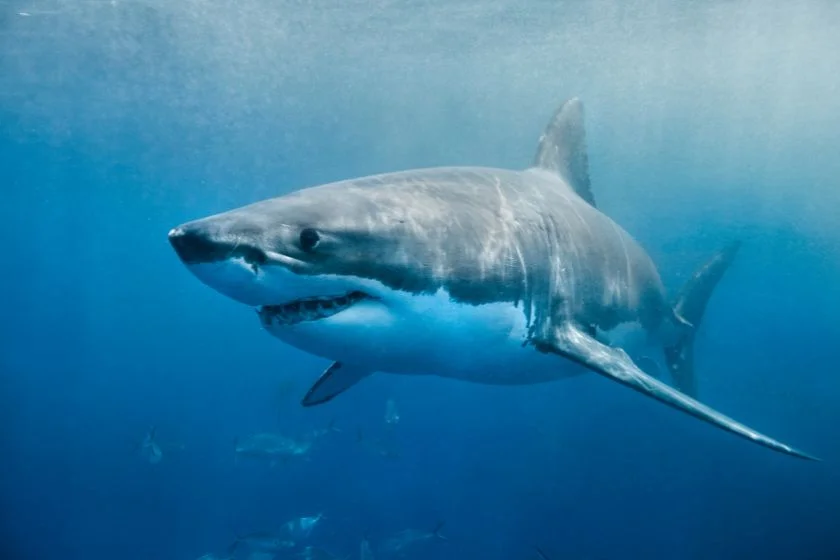
- Scientific Name: Carcharodon carcharias
- Habitat: Oceans
- Threats: Powerful apex predator, known to attack humans in rare cases
There’s a high number of shark species in Puerto Rico, and the great white shark is one of the most dangerous sharks in the territory.
While it isn’t the ferocious man-eater depicted in Jaws, the great white shark is nonetheless responsible for a lot of shark attacks in the world.
Alongside the bull shark and the tiger shark, the great white is capable of taking down a healthy human.
It is an apex predator in its habitat and, as such, doesn’t have a prey instinctive fear of anything.
7. Amazonian Giant Centipede
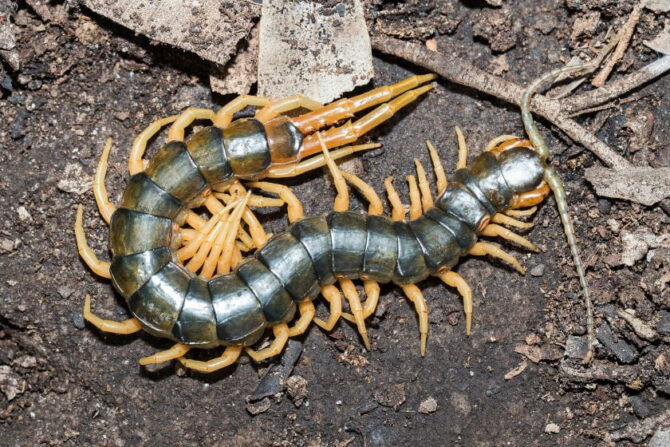
- Scientific Name: Scolopendra gigantea
- Habitat: Rainforest and dry forest
- Threats: Venomous and aggressive, capable of delivering a painful and potentially deadly bite
The Amazonian giant centipede is also called the Peruvian giant yellow-leg centipede.
The “giant” in the name points to the fact that this is the biggest centipede in the world and a formidable predator as well. It preys on reptiles, amphibians, and even mammals.
The giant centipede is considered dangerous, and it is also creepy.
It is often found in forests, and its sting has a strong effect, even leading to organ failure and cell lysis.
This centipede has even more impact on kids, so inquire about this centipede before venturing into forests.
8. Box Jellyfish
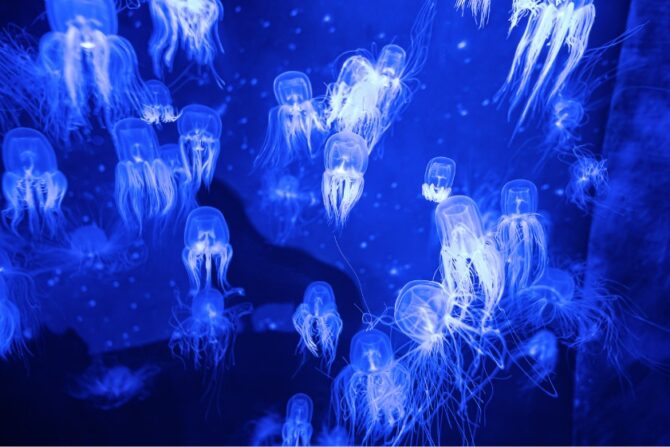
- Scientific Name: Tripedalia cystophora
- Habitat: Caribbean sea, Central Indo-Pacific
- Threats: One of the deadliest creatures in the sea, potent venom can cause heart failure, shock, and death
The box jellyfish is both sneaky and venomous, two combinations that make it lethal.
There are many jellyfish species in Puerto Rico, and they should be avoided at all costs if you ever plan on going to the sea.
The box jellyfish stings, and it is painful. The venom can also make you numb, experience blurry vision and back pain, and even have breathing difficulties.
In extreme cases, the box jellyfish can kill.
9. Caimans

- Scientific Name: Caiman Crocodilus
- Habitat: Forests, grasslands, shrublands
- Threats: Powerful jaws and can attack humans when provoked or cornered
The caiman is an alligatorid, a family that the alligator also belongs to. This would explain their similarities.
The caiman is not aggressive and tends to keep its space, but that doesn’t make it any less dangerous.
Caimans are often found in forests, shrublands, and grasslands. It also inhabits freshwater.
These reptiles don’t appreciate feeling threatened and will attack you at the slightest provocation. Ensure you give this animal space and do not touch it.
10. Bark Scorpion
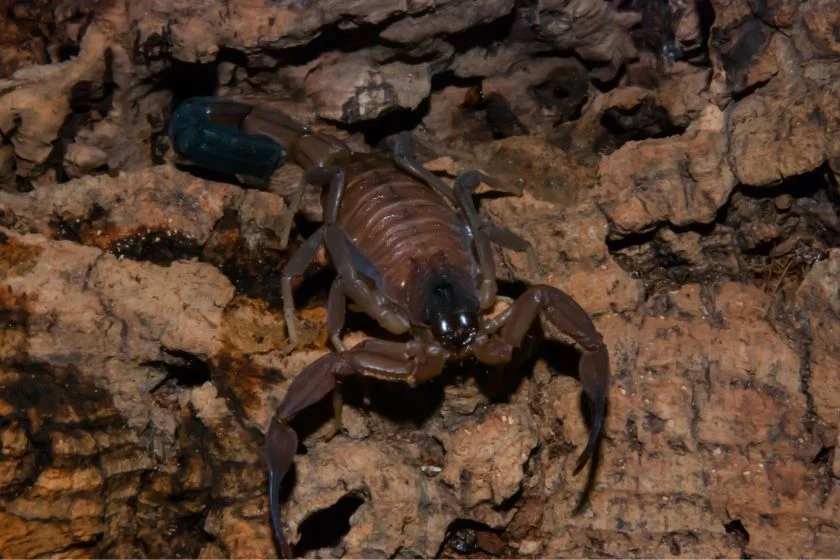
- Scientific Name: Centruroides sculpturatus
- Habitat: Desert, lawns, streamside
- Threats: Venomous sting, can cause severe pain, swelling, and respiratory problems
The bark scorpion holds the reputation of the most poisonous scorpion in North America, with its venom causing pain and effects like vomiting, tingling, and numbness. Those are still mild symptoms.
The bark scorpion’s sting can also lead to temporary paralysis of the part that was stung.
The bark scorpion thrives well in Puerto Rico because of its tropical nature.
Other scorpion species can be found in Puerto Rico too. Some of these scorpions stay in rooms, so ensure that your lodge is free of them.
Puerto Rico Wildlife Safety Tips
The presence of some dangerous creatures shouldn’t make you reconsider going to Puerto Rico, but it does mean that you should make safety a priority.
Some of these tips come from popular hiking guides in a rainforest, and others are what we recommend.
Here they are:
- Stay on the trails when in a rainforest, and don’t try to deviate. The trail keeps you safe, and going off it can put you at risk.
- Do not get too close to any animal, and don’t touch them, regardless of how cute they are.
- In a park, zoo, or any other place animals can be found, do not feed them. The cons outweigh the pros.
- Take an insect repellent along with you, and ensure that your accommodation is neat. If possible, pick a room with no dark or humid areas where an arachnid can be comfortable.
- Ask questions about the safety of any area you want to explore.
- Have fun and make memories!
Related Questions
Are there Jaguars in Puerto Rico?
While most people would imagine coming across a jaguar or even a monkey in some of the Puerto Rican rainforests, there are none. You’d only see some aquatic animals, amphibians, and birds.
What is the top predator in Puerto Rico?
The Puerto Rican boa is the biggest snake in Puerto Rico and is not prey to any other animal.
It is considered one of the top predators in Puerto Rico. The great white shark is another apex predator affiliated with Puerto Rico.
Are there any poisonous snakes in Puerto Rico?
There are only one snake species considered poisonous in Puerto Rico, and that’s the Puerto Rican racer. Its venom isn’t as fatal as other venomous snakes, but it can still leave an effect.
What is the most dangerous animal in Puerto Rico?
Puerto Rico isn’t known for having a lot of deadly animals, but there are some animals you should avoid.
Examples include the brown recluse, the box jellyfish, the giant centipede, and the red lionfish.
Final Thoughts
Puerto Rico has a lot to offer, and it is a suitable option if you need to get away for a while.
You should only take preventive measures to avoid ending up in the hospital because of an animal.
If you want to explore the wildlife or get to the beach, keep safety in mind.
